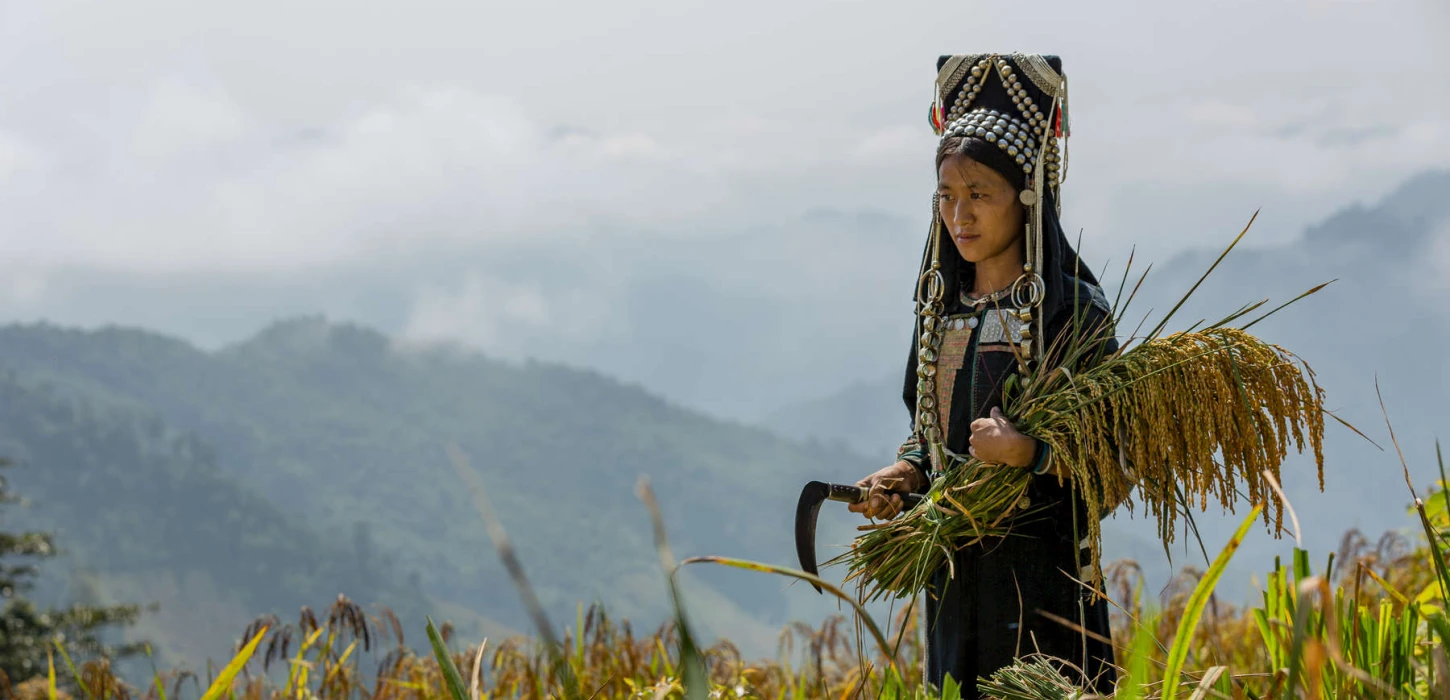Phongsaly Province is one of the most remote Lao PDR Provinces, and is dominated by rugged, mountainous terrain and an abundance of thick forests and fast-flowing rivers. It is inhabited by 25 different ethnic groups, each with their own culture, traditions, costumes, and languages. Most of the land is between 500m and 1,500m elevation, which moderates the heat of the surrounding areas of Southeast Asia and makes the climate more suitable for trekking and other physical activities. The forests contain an abundance of animal, bird, insect and plant life, and there are certainly many undiscovered species, new to science.
Ethnic groups in Phongsaly include Khmu, Tai Dam, Thai Daeng, Yao, Lue, Hor, Hmong, Akha, Yang, Bid, Lolo and others. Each ethnic group has own identity, language and culture such as wedding ceremonies, handicrafts, silver wares and jewelry.
Boun Neua and Boun Tay are thriving little market towns, and now do a lot of trade with nearby Yunnan Province, China. Mouang Khua is a small river port on the picturesque Nam Ou River. Phongsaly town is more like a hill station with cooler climate and is a centre for trekking to the surrounding areas. All of these small towns have guesthouses and small hotels which welcome both international and local visitors.
Phongsaly is in the process of building a new provincial capital in Boun-Neua District.



